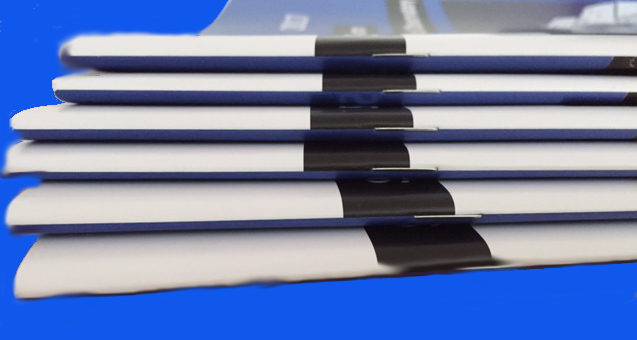
Scavenging efficiency of lead and sulfate in supercooled clouds at Sonnblick, 3106 m a.s.l., Austria
Typ:
Zeitungs- oder Zeitschriftenartikel
Autor:
Kasper, A. and Puxbaum, H. and Brantner, B. and Paleczek, S.
Journal:
Atmospheric Environment
Jahr:
1998
Issn:
1352-2310
Pages:
3967--3974
Volume:
32
Publisher:
Elsevier Ltd
Abstract:
During three field campaigns at Mt. Sonnblick (3106 m, Salzburg, Austria), in winter 1991, summer 1992 and summer 1993, a comprehensive study of cloud water chemistry, snow chemistry and interstitial gas and aerosol constituents was performed. In this work we report on the in-cloud scavenging efficiency of lead ( ε Pb ) and sulfate ( ε SO 4 ). Due to its similar size distribution to sulfate, we used lead as an inert aerosol tracer for the calculation of the scavenging efficiency of particulate sulfate (ε ∗ SO 4 ) . At the experimental site (Sonnblick Observatory, 3106 m, Salzburg, Austria) clouds appear frequently in the mixed state with suspended supercooled liquid droplets and precipitating ice crystals. Here we examine the transfer of lead, sulfate and sulfur dioxide from the interstitial phase to the supercooled cloud droplets. The aerosol scavenging efficiency for lead ( ε Pb ) ranges from 0.1 to 0.97 and is a function of the liquid water content (LWC) of the supercooled droplet phase of the cloud. At low LWCs, ε Pb increases from 0.1 to 0.6. Above LWCs of 0.3 g m -3 , ε Pb remains relatively constant at about 0.85. Calculating the scavenging efficiency for sulfate ( ε SO 4 ) a similar dependency could be obtained. The scavenging efficiency ranges from 0.17 to 0.96. Up to a LWC of 0.3 g m -3 an increase of ε SO 4 was observed. At higher LWCs it remains relatively constant at about 0.8. Aerosol scavenging of sulfate was found to be the predominant source for cloud water sulfate. Only during eight out of 33 sampling intervals a significant contribution (7–85%) of gas phase scavenging of sulfur dioxide could be determined. LWCs in November were very low, ranging from 0.01–0.1 g m -3 with an average of 0.047 g m -3 . LWCs in June ranged from 0.05 to 0.63 g m -3 with an average of 0.35 g m -3 . In May and June 1993 LWCs ranged from 0.08 to 0.782 g m -3 with an average of 0.28 g m -3 .
Number:
23
Language:
eng
Keywords:
Scavenging ; Supercooled Cloud Droplets ; Clouds ; Liquid Water Content ; Sulfate ; Lead